Subtotal: KSh 1,400.00
Star Fruit Seedlings
Buy fruits seedlings from Pasharn Fruit Nursery Ltd in Nairobi.
Contact +254783448742 or +254705855633
Starfruit, also known as carambola, is a tropical fruit native to Southeast Asia, characterized by its distinctive star shape when sliced. It has a sweet-tart, juicy flavor often compared to a mix of pineapple, pear, and citrus, and its entire skin is edible. While rich in vitamin C and other nutrients, it should be consumed with caution by people with kidney problems due to a neurotoxin it contains that can be harmful to those with compromised kidney function.
KSh 600.00
CompareThe carambola is a tropical and subtropical fruit that can be grown at elevations up to 1,200 metres (4,000 feet). It prefers full sun exposure, but requires enough humidity and annual rainfall of at least 1,800 mm (70 in). It does not have a soil type preference, but will thrive in loam and requires good drainage. Moderate irrigation supports its growth during dry seasons. Heavy rains may inhibit fruit production.
Carambola trees are planted at least 6 m (20 ft) from each other and typically are fertilized three times a year. The tree grows rapidly and typically produces fruit at four or five years of age. The large amount of rain during spring actually reduces the amount of fruit, but, in ideal conditions, carambola can produce from 90 to 180 kilograms (200 to 400 pounds) of fruit a year. The carambola tree flowers throughout the year, with main fruiting seasons from April to June and October to December in Malaysia, for example, but fruiting also occurs at other times in some other locales, such as South Florida.

Growth and leaf responses of container-grown ‘Arkin’ carambola (Averrhoa carambola L.) trees to long-term exposure of 25%, 50%, or 100% sunlight showed that shading increased rachis length and leaflet area, decreased leaflet thickness, and produced more horizontal branch orientation.
Major pests are carambola fruit flies, fruit moths, ants, and birds. Crops are also susceptible to frost.

Star fruit has a mildly sweet taste and can be eaten in its natural form or prepared in a smoothie, jelly, or spread. This fruit can also be incorporated into savory dishes, like salads or sauces.
Although there is no specific amount recommended for star fruit consumption, the minimum daily fruit recommendation is between 2 and 3 servings, which corresponds to between 160 g and 240 g per day.


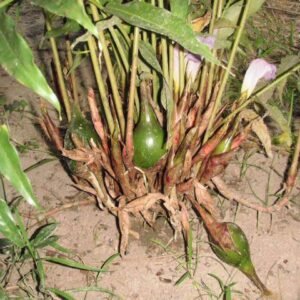 Grains of Paradise Seedlings
Grains of Paradise Seedlings 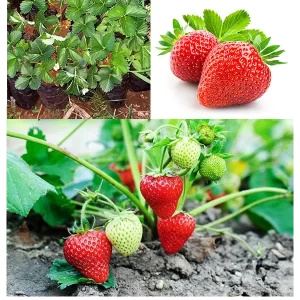 Chandler Strawberry Seedlings
Chandler Strawberry Seedlings 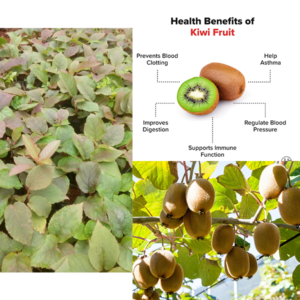 Kiwi Seedlings
Kiwi Seedlings 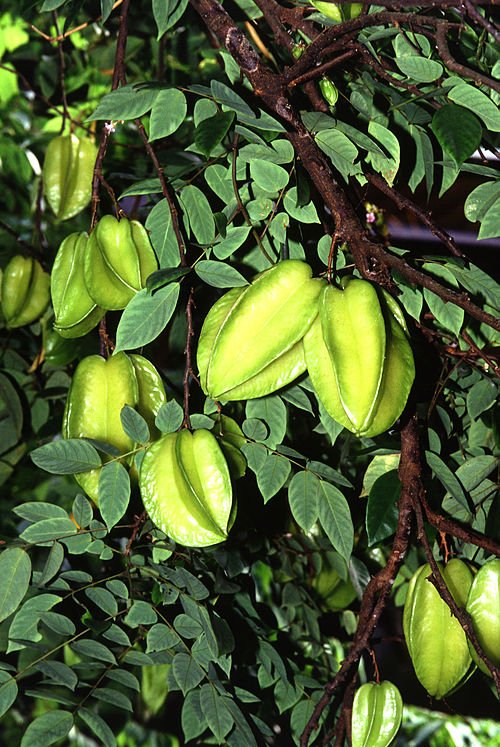
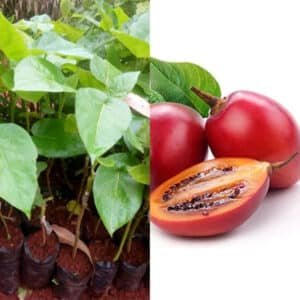
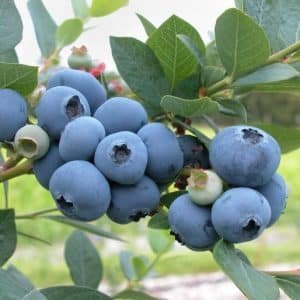

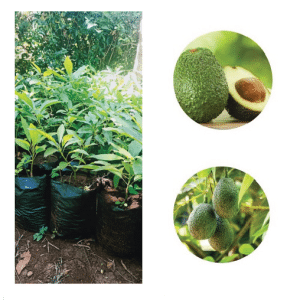
Paul Gitu –
quality
Paul Gitu –